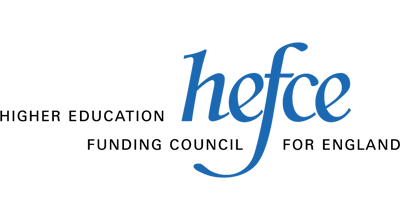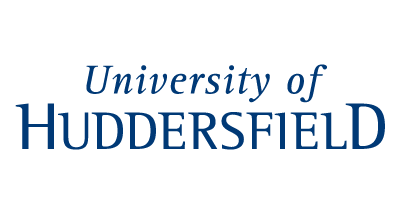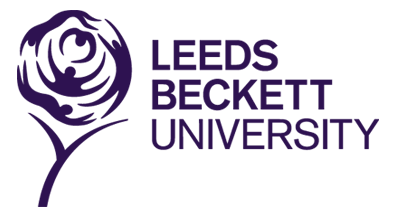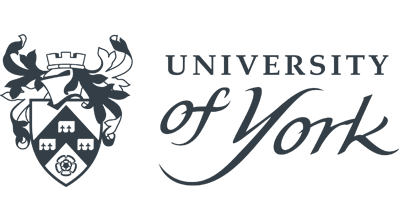Date published: 07/06/17

Introducing flexibility to my work – Dr Christopher Russell
- Current Organisation: University of Leeds
- Current Position: Post-doctoral researcher
- Secondment organisation: Northwestern University
- Secondment supervisor/colleague name: Prof. John Rogers
Gaining insight
My name is Dr Christopher Russell, and I am a postdoctoral researcher currently based in the School of Electronic and Electrical Engineering at the University of Leeds. I am working on a multi-disciplinary research project to design and fabricate neural electrodes to be utilised for brain-machine interfaces.
The work is undertaken in the Wolfson Nanotechnology Cleanroom, and has so far accomplished silicon based electrodes for acute neuroscience research applications. In an effort to expand the work to chronic applications, I sought a secondment to the Rogers Group at Northwestern University to gain insight into fabricating implantable technologies.
The Rogers Group have a wealth of knowledge, which includes the processes and materials required to produce both implantable microfluidic and electronic systems. Alongside this, Prof John Rogers, who leads the group, has successfully commercialised academic research into successful companies, which can provide potentially invaluable insight into research strategy.
As I have only experienced microfabrication in the cleanroom at Leeds, I am looking forward to observing their organisation and methods to see how they differ from what I see as the “norm”. I envisage myself taking my current electrode design and adapting it to suit applications both within and external to the current neuroscience application, as well as looking to explore mutually beneficial ideas.
Whether this comes in the form of combining resources at the fabrication end, or splitting the responsibilities of product development and testing, there is potential for strong collaboration between the two institutions, which would see technology going from idea to product in an efficient manner.
Shadowing
Due to the short duration of the visit, it was agreed on the first day that I would take a shadowing role opposed to a hands-on approach allowing me to observe a broader spectrum of what the group works on.
The one-to-one interactions have been with the researchers who are at the front line. The placement began with presentations allowing me to highlight the areas of interest to me. From here, we identified which of the processes they would be doing that week and when I could come and observe them.
Around learning the specific techniques employed at Northwestern, in particular with the development of flexible electronics, I have observed a meshing of micro- and nano-fabrication techniques which has allowed them to rapidly define implantable technologies. As a result, there are commercial interests in these labs, with a lot of batch production happening alongside novel product developments. Though the end application of their devices differs from mine, there have been productive discussions in adapting the processes as well as how the techniques can be transferred and adopted in the labs back home.
Over the next week, I will continue to shadow the researchers on the remaining fabrication procedures before putting together some design proposals which will form the basis of collaborative project proposals.
Bringing the technology to Leeds
I have now returned from my two-week-long secondment to the John Rogers group at Northwestern University, in the USA. I was shadowing the development of wearable and implantable technologies which are utilised for a host of medical applications. I was particularly impressed with the simplicity of some of the processing skills employed by the John Rogers group as well as their efforts to explore the capabilities of their equipment beyond the norm.
In the weeks following my return from the United States, I have already started to piece together fellowship proposal and grant applications, which includes potential collaborative work. Where the processes in which equipment and materials are already available, some of the core techniques have been replicated and demonstrated to members of the local team. This has opened doors to new design parameters enabling the implementation of new ideas for current research projects.
For anyone like myself who has only worked within a single institution, I strongly recommend a secondment elsewhere to potentially pop the academic bubble. Better still, an international trip will give you a greater shock to the system. I benefitted hugely from seeing how other teams work and finance their projects, as well as building new contacts for future work.







